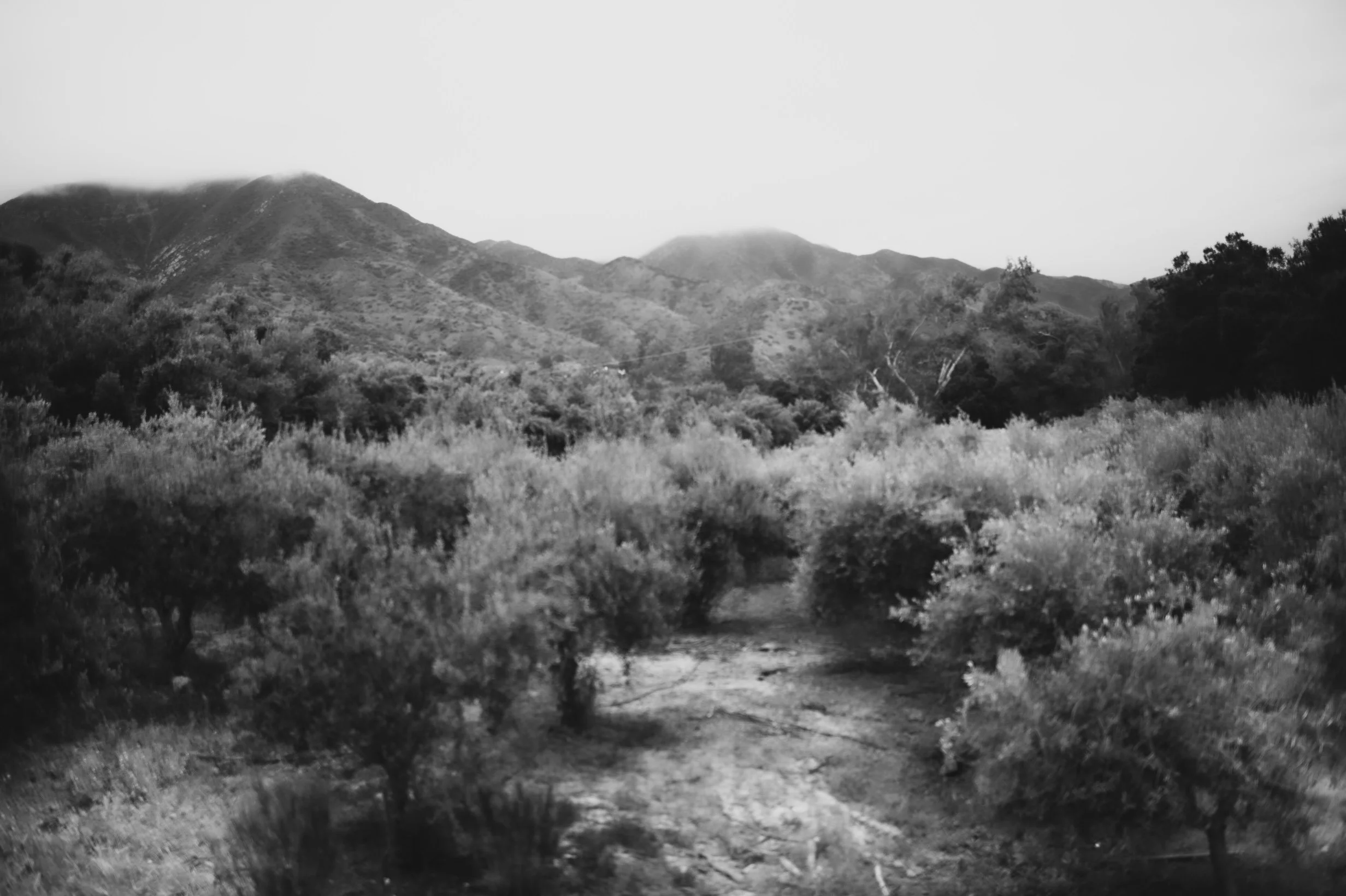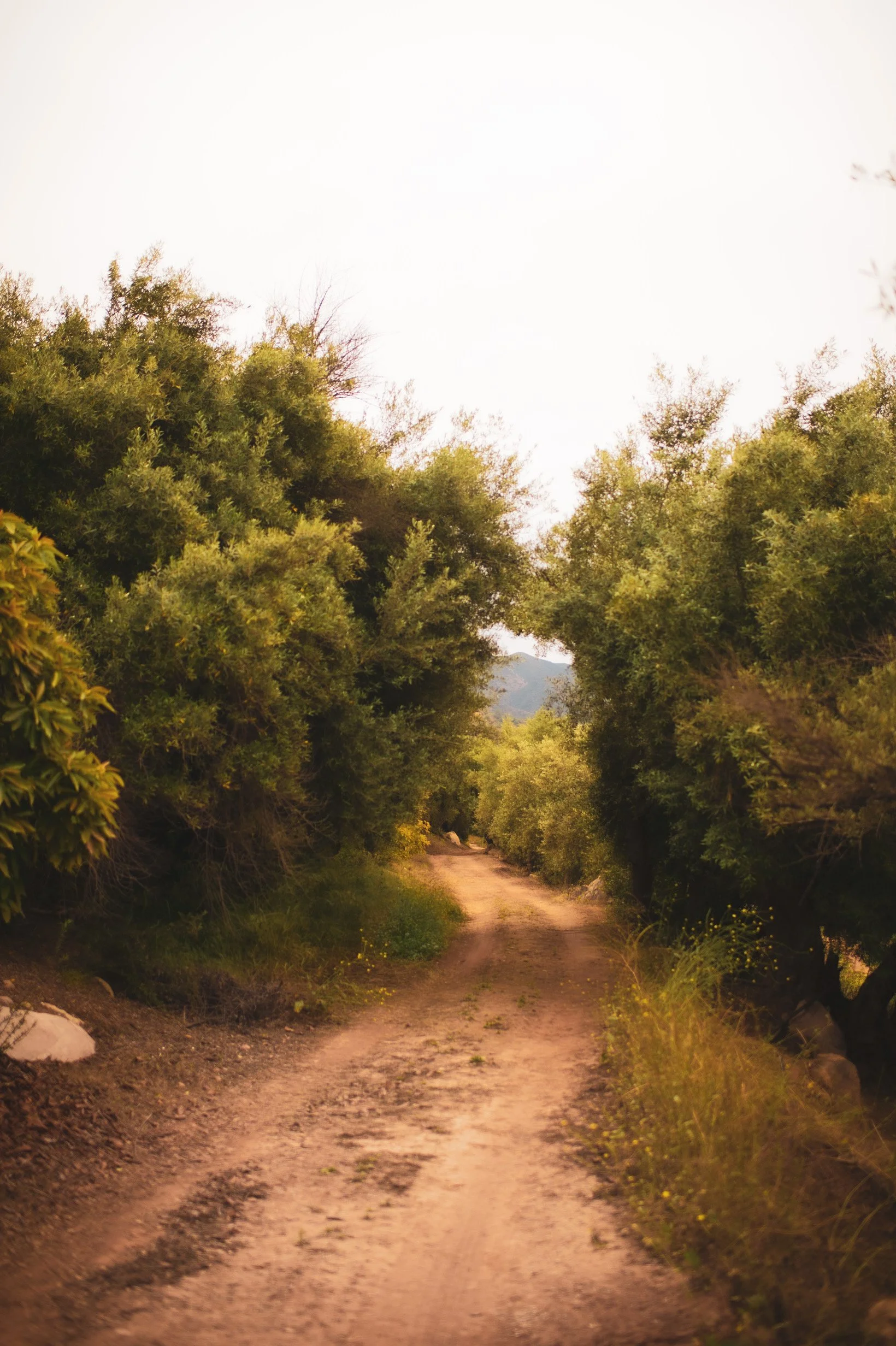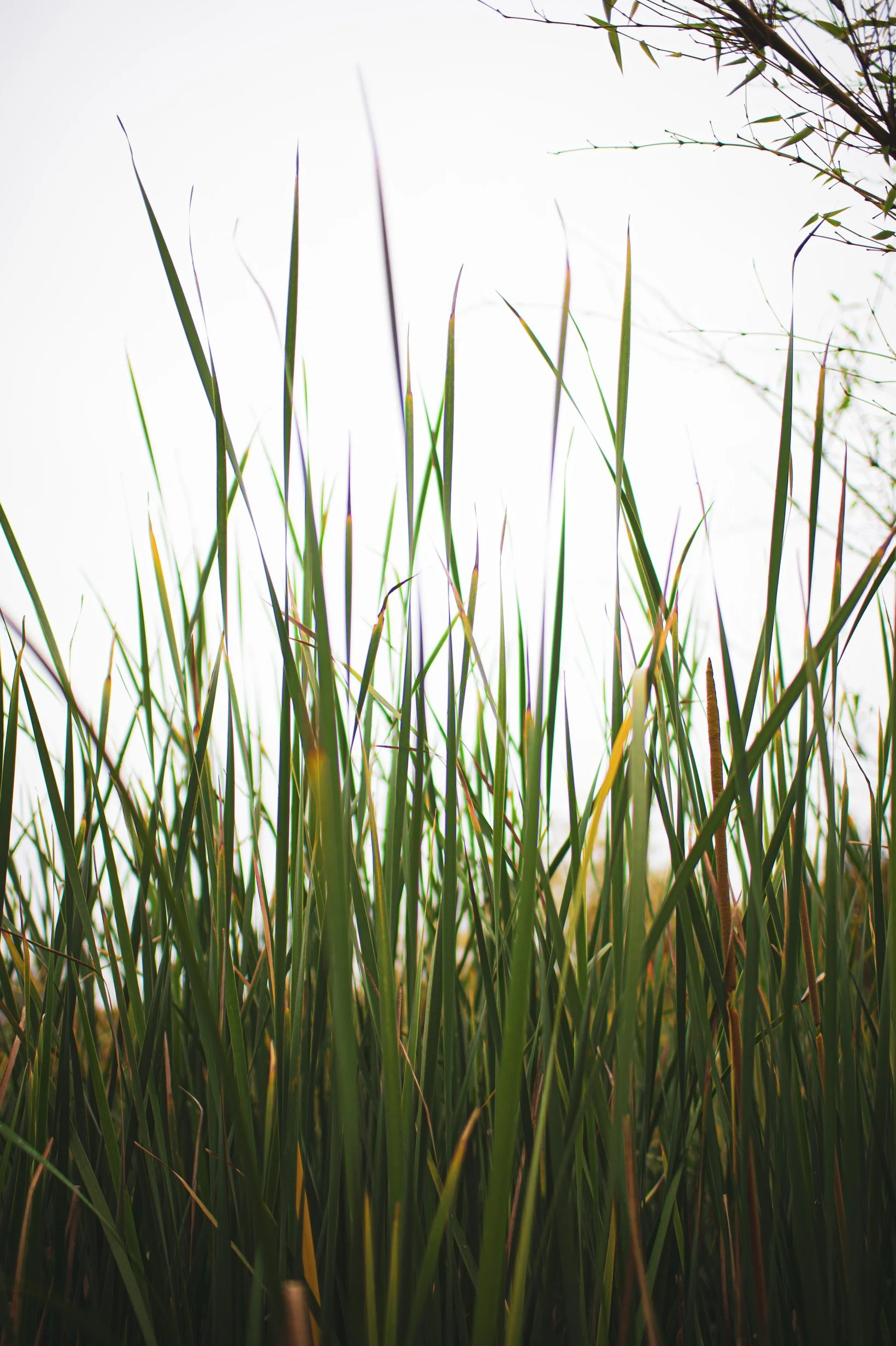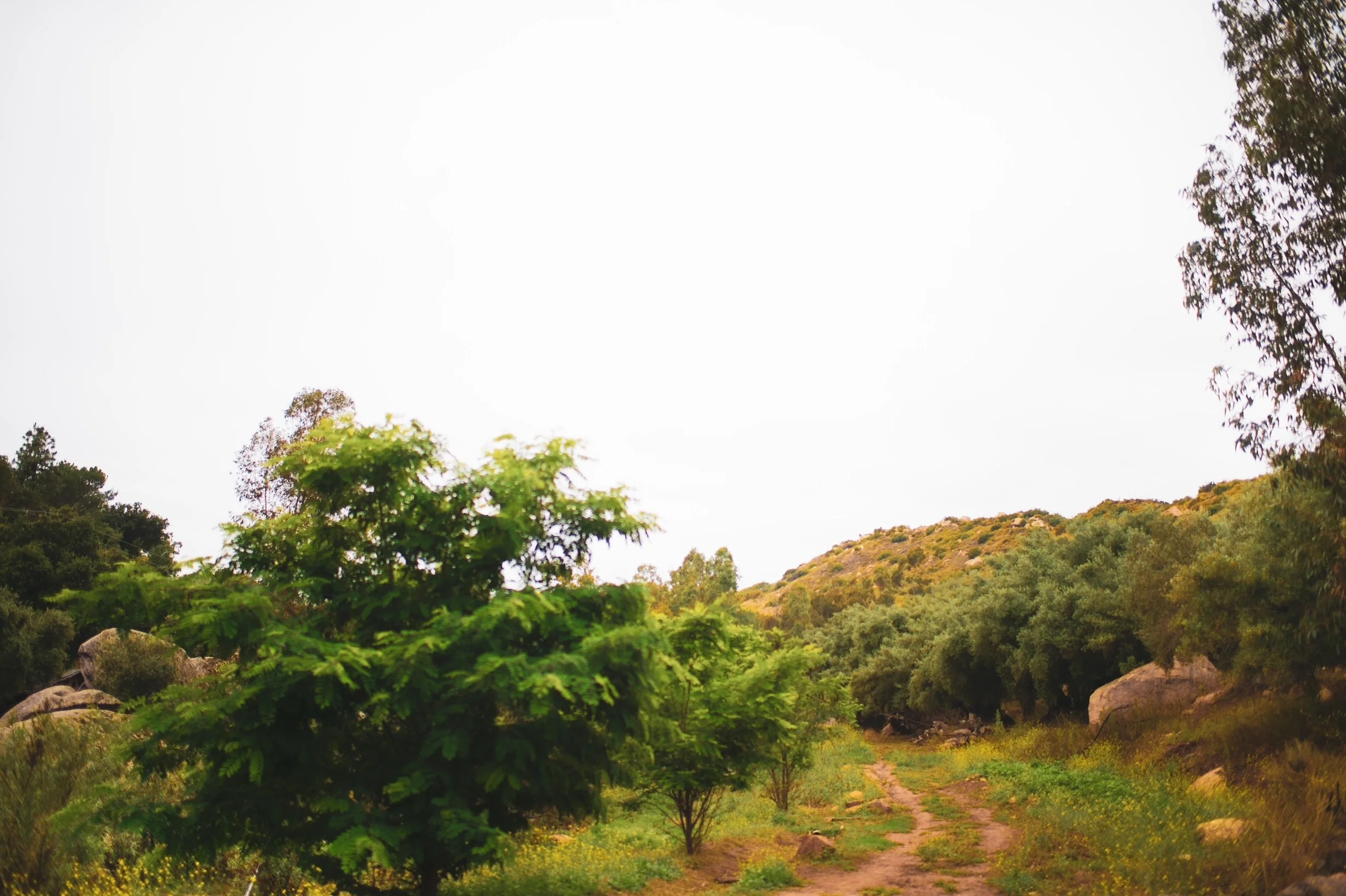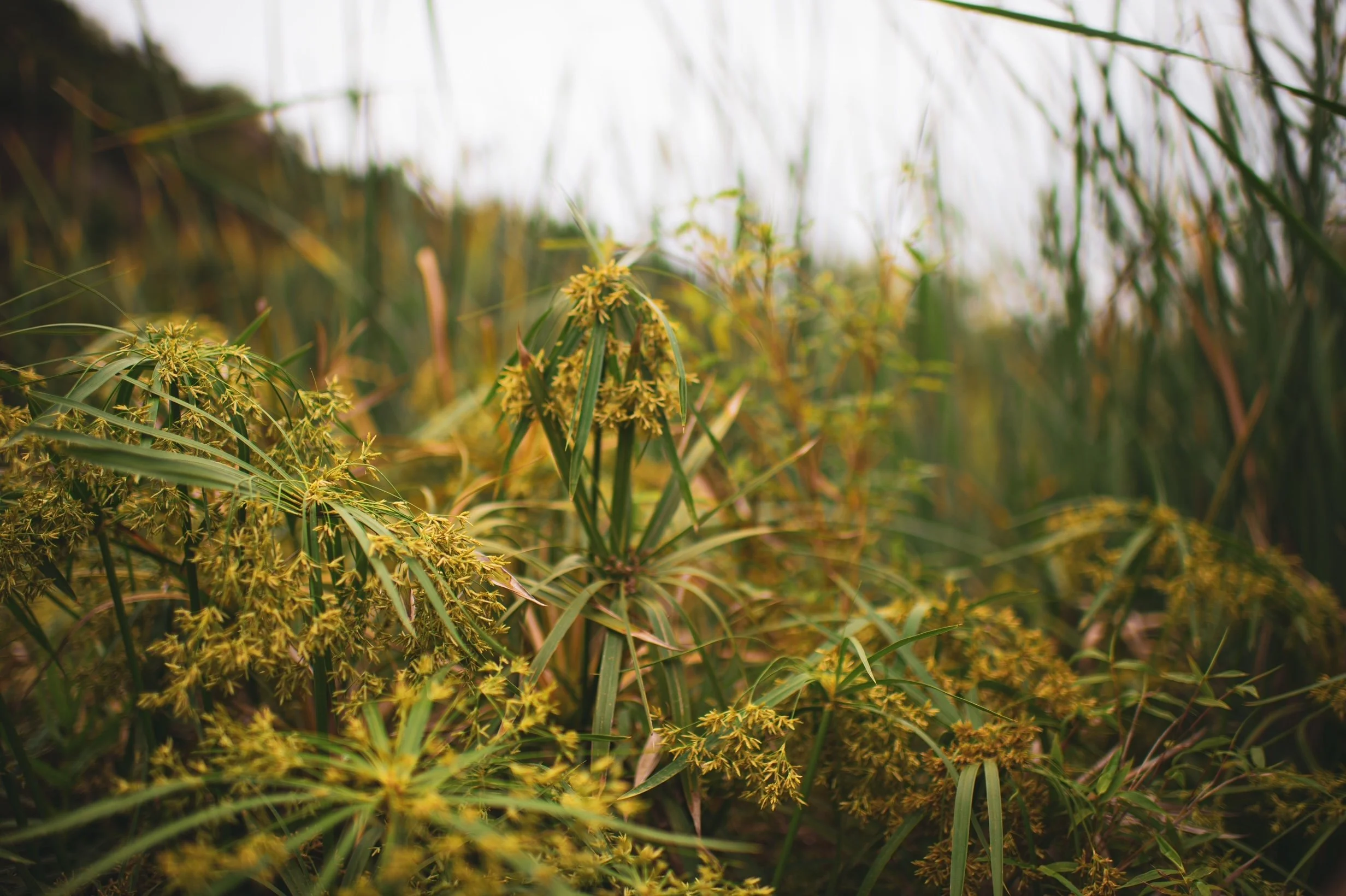OJAI OLIVE OIL COMPANY
PLANT GRAPEVINES FOR YOUR CHILDREN AND OLIVE TREES FOR YOUR GRANDCHILDREN
A WALK WITH PHIL ASQUITH AT HIS OJAI OLIVE OIL COMPANY…AN EDEN AT THE EAST END OF TOWN
JUNE 20TH, 2023
Years ago before Frances was born we replanted the grapevines. The trellis was old wood, having been used as a clothesline for years it crept over upon itself like an old man. We built new posts and sourced out new grapes…..table grapes for the CSA baskets because in the summer the garden bounty topped with bunches of red and green grapes was a sight to be seen. During planting a man told me “In Italy they have a saying, plant grapevines for your children and plant olive trees for your grandchildren”. I haven’t thought much about it until winding down the east end road to the olive orchards in search of the two hundred year old olive trees to capture on film…..their trunks like bones crawling out of earth, holding strong years and years worth of stories of floods and fire and seasons upon seasons of olives.
The Ojai Olive Oil Company is nestled among forty acres of hill and wee valley near the east end of town. Ojai’s East End is know for orchards, mainly citrus. These trees line the roadway and stand soldiers in rows down acres and acres of land. Some houses hidden within live with the winter wind mills loud morning drone, turning warmth on the frost to keep the trees alive and the crop protected. In spring it’s the blossoms of the east end that make perfume in the breeze and dizzy heads spin intoxicated like the bees that carpet and hum across the valley trees.
Upon turning the bend in the road and crossing the creek off Ladera it is clear that this orchard of olives resonates an older mood, almost ancient as if wisdom sits quietly, modest along the hillside. Although I have not spent much time in the Mediterranean I imagine the feeling to be similar…..trees as grandparents sitting in a row, their limbs settled in the ground, unassuming and peaceful. The blossoms don’t bombard with big white petals and scents without abandon. They are instead small of an off white ivory and take shape of falling stars a carpet across the ground and orchard tables.
Phil Asquith takes me to his chickens first. Phil owns and runs the small olive oil operation. I met him after he generously agreed to let us run one of our pop up pizza dinners on his property by the pond. He is straight forward in his distaste for the pond ducks but the chickens seem to be something of enjoyment. The coop was built in place of an old tennis court. Chicken lockdown as the area is a haven of wildlife….deer, bear, bobcat and the unrelentless raccoon on its nightly party run…sleeping hens are an easy snag if not put to bed properly. Phil’s chickens seem happy with the large chicken run and pretty little fig trees that decorate the place. He calls it the olive graveyard as old trunks and branches of trees past make perches for the birds to rest. He promises me eggs before I leave, but first he takes me for a walk.
Of the forty acres of land maybe a little over half is olive trees. The road we walked was dirt and winded steadily uphill. It was a section of the property that Phil mentioned to be his favorite because the old trees resided along this path. Planted in the mid 1800’s by a Danish family, these trees were nearly two hundred years old. The life span of an olive tree can be a thousand years or more with some trees in the middle east as old as three or four thousand years. What is more impressive is that they still produce olives. It appears the original intent of the Danish family was to grow olives for oil. They planted one variety of olive, which was not the more recognized Mission olive that the Spaniards had planted all over the southern California area. Instead they chose the Lechin de Sevilla Olive from Andalusia of Southern Spain. This olive is much more specific for making olive oil.
Phil’s family bought the property in the mid 90’s. I had met his father Ronald years ago when he and his wife Alice, (ex at the time although they remarried later on), had inquired about ciabatta loaves as a vehicle for oil tastings. They were looking for a bread of texture but mild flavor as a sponge for transporting oil to mouth. Nothing came of the collaboration at the time but I remember them fondly as they were kind and passionate for their olive oil. I remember them saying that although they had separated they still worked very well together and found common ground in their work with the olives.
Ronald had come from a farming town in the midwest and so found interest in the idea of citrus and avocado farming in the Ojai Valley. Olive oil sparked his curiosity when he and his wife discovered the Ladera property and it’s already established olive orchards . Olive trees in the area don’t fret with lots of problems as do the citrus and avocado trees. They are a hearty crop that thrives in our Ojai climate with little management. This particular orchard had survived fire and years of neglect and still bounced back strong…..a true testament to it’s survival skills amidst most environmental obstacles. After research and testing the trees and olives Ronald decided to expand the orchard with new plantings. The goal was to balance out the robust sharp flavor of the old Spanish olive oil with a sweeter fruity oil from the French and Italian varietals.
Harvest and oil extraction happens in the fall. Around November the trees are laden with olives and ready for gathering. The geography of the land suggests different methods of harvesting as the trees lining the hills don’t lend well to a more efficient and modern way of picking. Instead those trees are left to the old method of hand gathering, collected and brought down the hill. The trees on the lower flats of the property are cleared using a “handy” wand apparatus that tickles the olives from the trees onto mats on the ground. They are then collected and brought to the mill. Such a small operation allows for a quick turn over of oil as the olives can be picked and within minutes to hours they are in the mill, pulverized and filling barrels with new, intoxicatingly fresh olive oil. The speed at which the olives are harvested and pressed is crucial to the quality of the oil.
Phil speaks of the olio nuovo, or new oil. The first oil of the season, pressed and unfiltered comes out a neon green. This oil is not meant to last. It is a celebration of the olive trees and in Europe it is enjoyed during the harvest season a delicious bold, slightly bitter, maybe pungent, green, liquid gold. It is packed with polyphenols and antioxidants but will go bad within a few months so must be enjoyed quickly. Phil explains the excitement and satisfaction of coming down to the mill with a bowl of dinner to douse with fresh oil from the press. I exclaim it’s the equivalent to a fresh loaf of bread out of the oven……and imagine both put together one day for a dance of nature and culinary perfection. I am not sure anyone could truly handle the beauty of tasting such a thing.
We walk into the small room that says office. The ceiling is low and the room dark. “Put your head on my shoulder” plays over the radio faint against the moving of boxes and busy work during the off season. Because it is only June the mill is quiet but Phil walks me through the process of cleaning the olives, pulverizing and then separating the oil from the pulp. I am quick to learn that this is not a press and the old method of pressing olives has not been practiced for over thirty years. Instead it is a centrifuge that does the work of separating the oil from the solids and after a day of harvesting and loading the mill the new oil drains into barrels ready to be bottled and sold.
We talk of the mill’s organic and biodynamic certification and his other mill down the road. To encourage smaller growers around town to press their olives The Ojai Olive Oil Company now runs a second mill for just that. Without certifications it allows for smaller harvests to be processed from different areas all over town whether that be small farms or even neighbors with two trees and a bucket of olives. I am tempted to come back in fall with my own bucket just to say I did it and watch the oil come out fresh and green.
These processes of food are not distant of each other. To walk the orchard and talk olives is a kin to walk the garden and talk vegetables….to press the oil is a kin to baking the bread. And to great joy, the results of biting into the fresh tomato, buttering the hot slice of bread or taking a sip of the olio nuovo fresh from the mill is nothing short of breathtaking. It is a gift to have people so close you can visit and talk about your food…..it’s story, history, science, nature, flavor, texture, beauty. These old Spanish trees are relics…..a museum, a gallery of art, a laboratory, a home. Their bones like the hands of an old woman whose work in the dough has left her fingers knobby and twisted. Her hands a tale to be told as she passes the loaf of bread across the table to her guest.
I pet the cat.
Phil hands me a dozen eggs
and I walk to the car.







